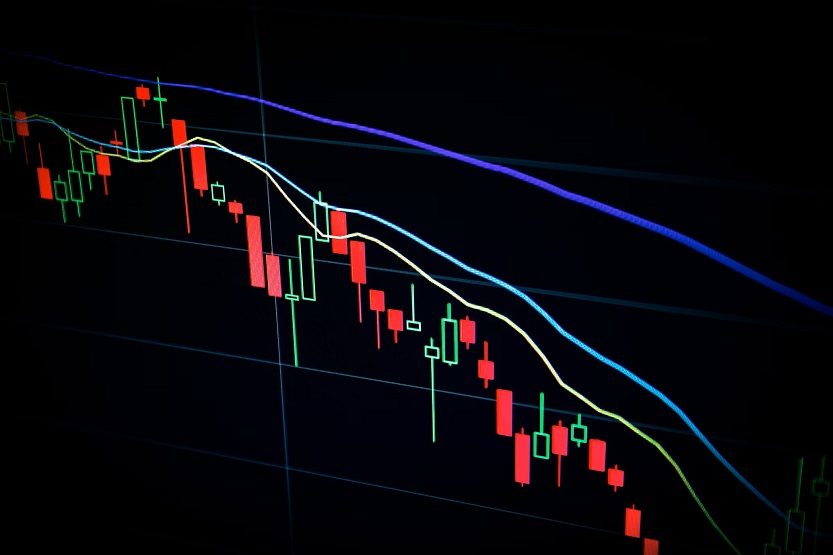In the world of finance and economics, transactions are the power that keeps the economy flowing. Transactions occur in various forms, from everyday purchases at the grocery store to complex financial dealings in global markets. However, one aspect that often goes unnoticed is the concept of cascading transactions, which can have serious effects on financial systems.
Cascading transactions refer to a chain reaction of financial events triggered by a single initial transaction. This phenomenon occurs when the outcome of one transaction influences or necessitates subsequent transactions, creating a ripple effect throughout the financial ecosystem. Bill_line, headed by CEO Artsiom Liashanau, provides services in maintaining and setting up payment processes, including reliable transaction cascading.
Tabla de contenidos
Examples of Cascading Transactions
- Bank Runs: A classic example of cascading transactions is a bank run. When depositors lose confidence in a bank’s solvency, they rush to withdraw their funds. As more people withdraw, the bank’s liquidity decreases, potentially leading to insolvency. The panic can spread to other banks, triggering a systemic crisis.
- Market Crashes: In financial markets, a significant sell-off in a particular asset can lead to a cascade of selling across different assets. As investors sell off one asset, it can trigger margin calls and force liquidations in other assets, causing widespread market declines.
- Derivative Contracts: Complex financial instruments, like derivatives, can lead to cascading transactions. If a large institution defaults on a derivative contract, it may require other institutions to make payments, potentially triggering a chain reaction of defaults.
Implications of Cascading Transactions
- Systemic Risk: Cascading transactions can pose systemic risks to the entire financial system. When interconnected financial institutions or markets are involved, the consequences can be severe and far-reaching.
- Market Volatility: Cascading transactions can exacerbate market volatility. Rapid price declines or surges can create uncertainty and panic among investors, leading to further price swings.
- Liquidity Crunch: Cascading transactions can strain liquidity in the affected markets. When many participants rush to execute transactions simultaneously, it can overwhelm the available liquidity, leading to adverse price movements.
- Regulatory Response: In response to cascading events, regulators may implement emergency measures, such as trading halts or financial institution bailouts, to stabilize the situation. These actions can have long-term implications for market structure and regulation.
Mitigating Cascading Transactions
To mitigate the risks associated with cascading transactions, regulators and market participants employ several strategies:
- Stress Testing: Financial institutions and regulators conduct stress tests to assess how institutions would withstand adverse scenarios, including cascading events.
- Enhanced Oversight: Regulatory agencies monitor market activity closely and have the authority to implement measures to maintain market stability.
- Clearinghouses: Central clearinghouses act as intermediaries in derivative transactions, reducing counterparty risk and the potential for cascading defaults.
- Market Circuit Breakers: Stock exchanges often implement circuit breakers that temporarily halt trading in response to rapid price movements, giving markets time to stabilize.
Cascading transactions are a critical aspect of modern finance that can have profound implications for financial stability.
Understanding the mechanisms and triggers of cascading events is essential for policymakers, financial institutions, and investors alike.
By identifying potential sources of cascading risk and implementing effective risk management measures, stakeholders can work together to reduce the likelihood and severity of cascading transactions in the ever-evolving world of finance.

